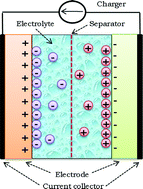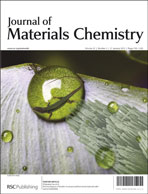This critical review provides an overview of current research on carbon-based nanostructured materials and their composites for use as supercapacitor electrodes. Particular emphasis has been directed towards basic principles of supercapacitors and various factors affecting their performance. The focus of the review is the detailed discussion regarding the performance and stability of carbon-based materials and their composites. Pseudo-active species, such as, conducting polymer/metal oxide have been found to exhibit pseudo-capacitive behavior and carbon-based materials demonstrate electrical double layer capacitance. Carbon-based materials, such as, graphene, carbon nanotubes, and carbon nanofibers, provide high surface area for the deposition of conducting polymer/metal oxide that facilitates the efficient ion diffusion phenomenon and contribute towards higher specific capacitance of the carbon based composite materials with excellent cyclic stability. However, further scope of research still exists from the view point of developing high energy supercapacitor devices in a cost effective and simple way. This review will be of value to researchers and emerging scientists dealing with or interested in carbon chemistry.

You have access to this article
 Please wait while we load your content...
Something went wrong. Try again?
Please wait while we load your content...
Something went wrong. Try again?


 Please wait while we load your content...
Please wait while we load your content...